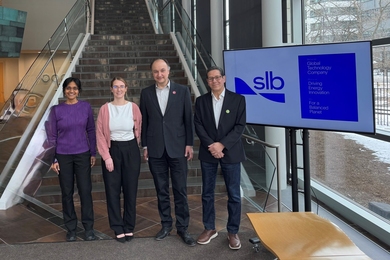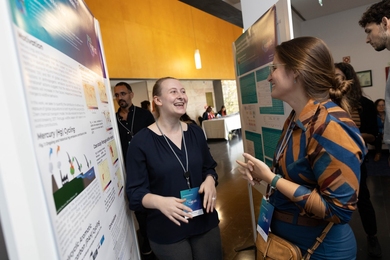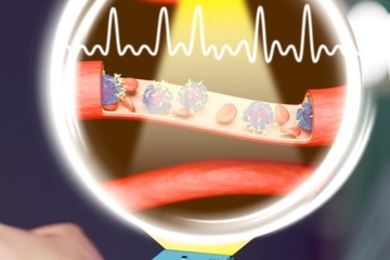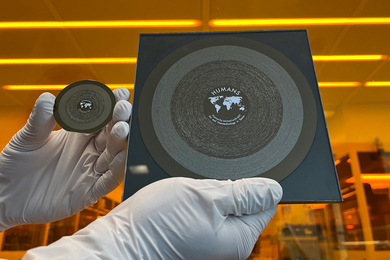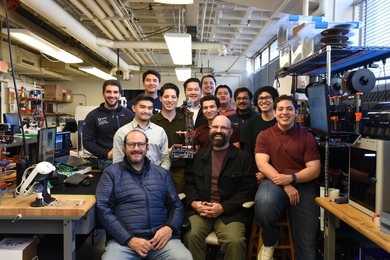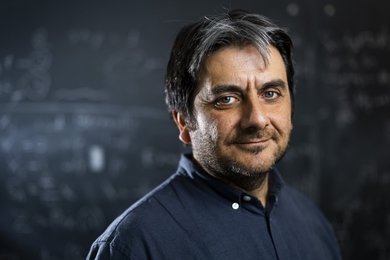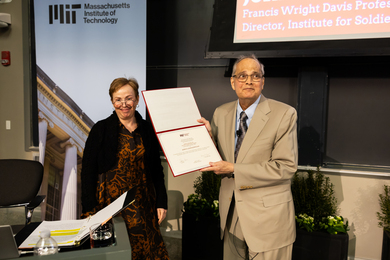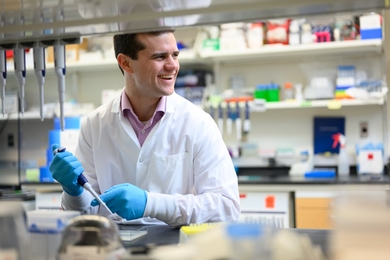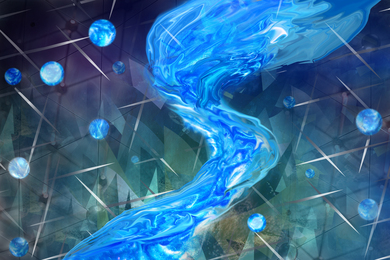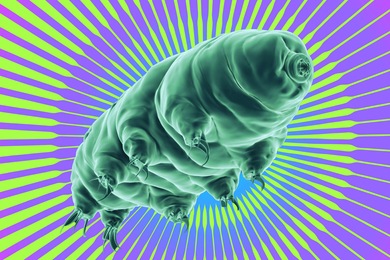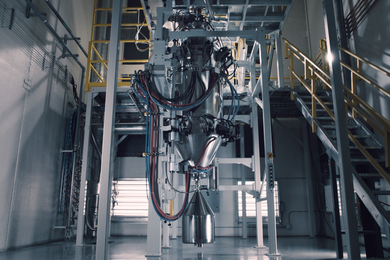The MIT-Portugal Program enters Phase 4
New phase will support continued exploration of ideas and solutions in fields ranging from AI to nanotech to climate — with emphasis on educational exchanges and entrepreneurship.
Wearable device tracks individual cells in the bloodstream in real time
The technology, which achieves single-cell resolution, could help in continuous, noninvasive patient assessment to guide medical treatments.
A brief history of expansion microscopy
Since an MIT team introduced expansion microscopy in 2015, the technique has powered the science behind kidney disease, plant seeds, the microbiome, Alzheimer’s, viruses, and more.
New electronic “skin” could enable lightweight night-vision glasses
MIT engineers developed ultrathin electronic films that sense heat and other signals, and could reduce the bulk of conventional goggles and scopes.
Bridging Earth and space, and art and science, with global voices
Professor Craig Carter’s precision design for a student-led project now on the moon encodes messages from around the world on a silicon wafer.
Tabletop factory-in-a-box makes hands-on manufacturing education more accessible
Inaugural cohort of Tecnológico de Monterrey undergraduates participate in immersive practicum at MIT featuring desktop fiber-extrusion devices, or FrEDs.
Engineers develop a way to mass manufacture nanoparticles that deliver cancer drugs directly to tumors
Scaling up nanoparticle production could help scientists test new cancer treatments.
Cem Tasan to lead the Materials Research Laboratory
Metallurgist brings experience in interdisciplinary collaboration and close engagement with industry.
Mapping the future of metamaterials
Mechanical metamaterials research demands interdisciplinary collaboration and innovation, say researchers from MechE's Portela Lab.
A dive into the “almost magical” potential of photonic crystals
In MIT’s 2025 Killian Lecture, physicist John Joannopoulos recounts highlights from a career at the vanguard of photonics research and innovation.
Designing better ways to deliver drugs
Graduate student and MathWorks Fellow Louis DeRidder is developing a device to make chemotherapy dosing more accurate for individual patients.
MIT physicists find unexpected crystals of electrons in an ultrathin material
Rhombohedral graphene reveals new exotic interacting electron states.
A protein from tiny tardigrades may help cancer patients tolerate radiation therapy
When scientists stimulated cells to produce a protein that helps “water bears” survive extreme environments, the tissue showed much less DNA damage after radiation treatment.
Cleaning up critical minerals and materials production, using microwave plasma
With technology developed at MIT, 6K is helping to bring critical materials production back to the U.S. without toxic byproducts.
